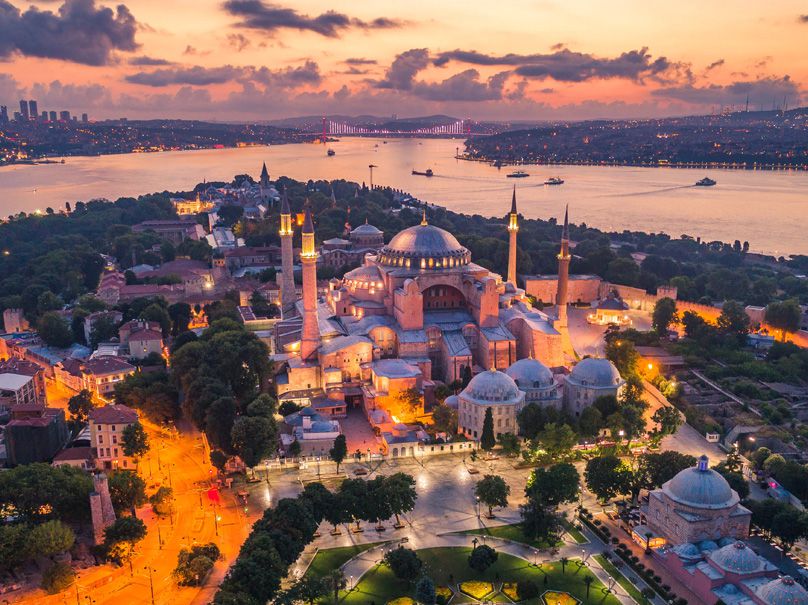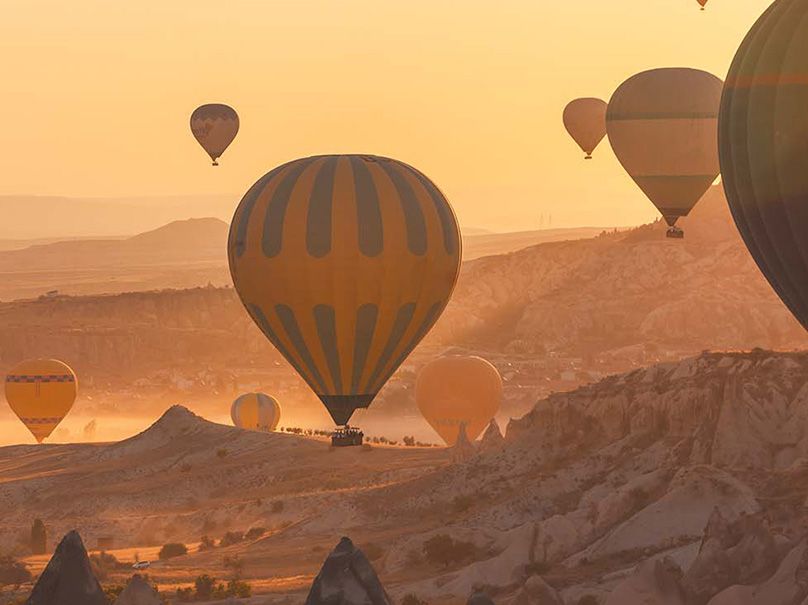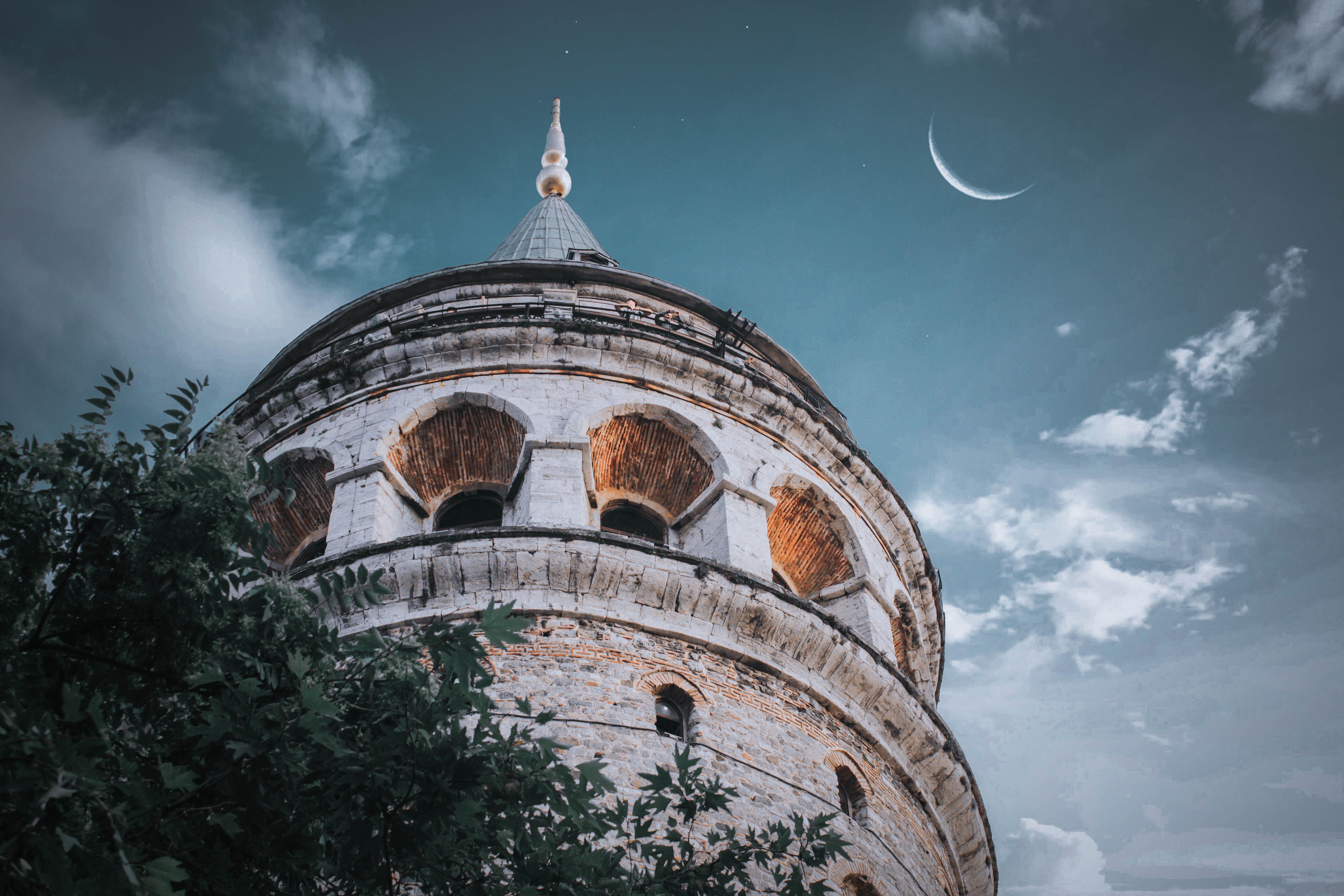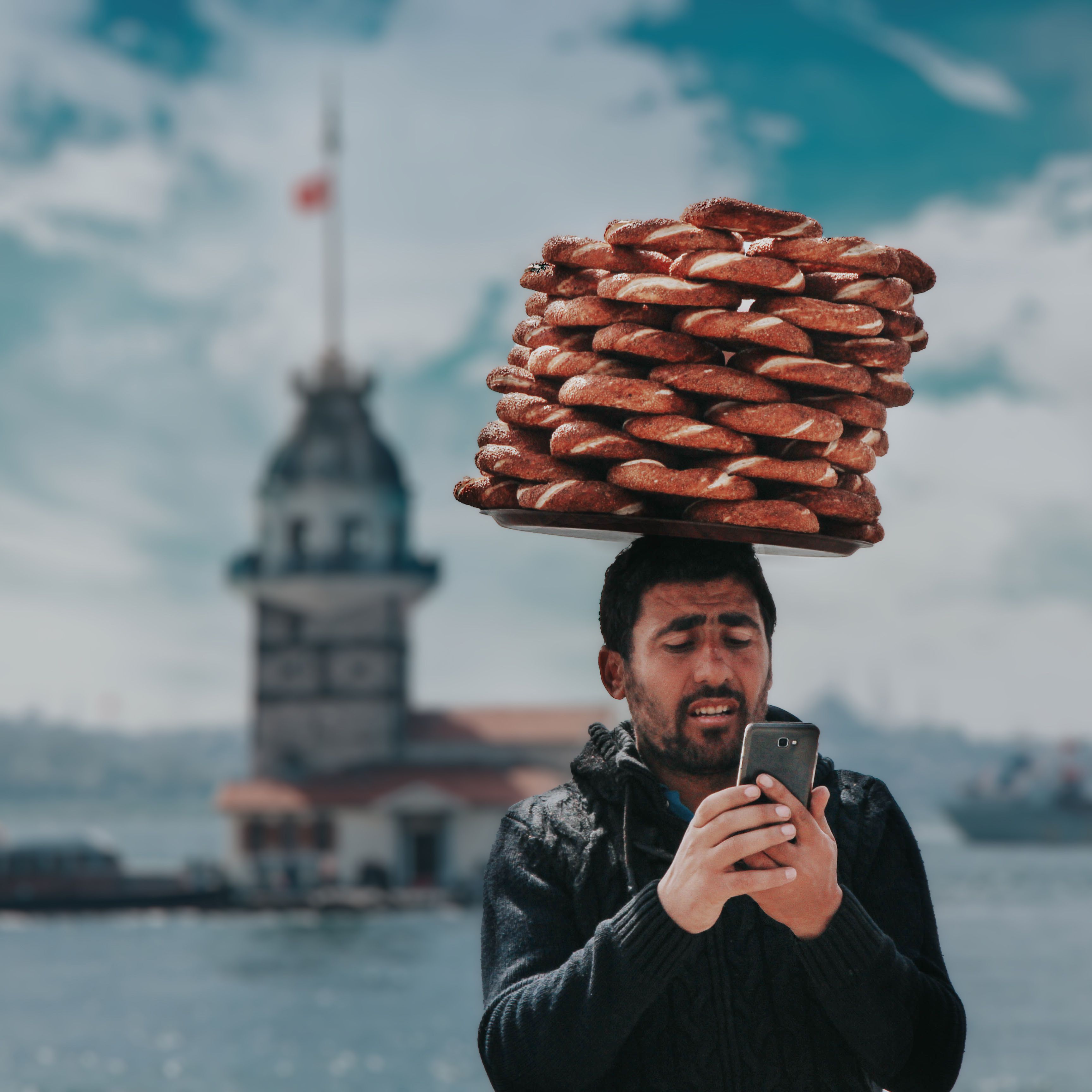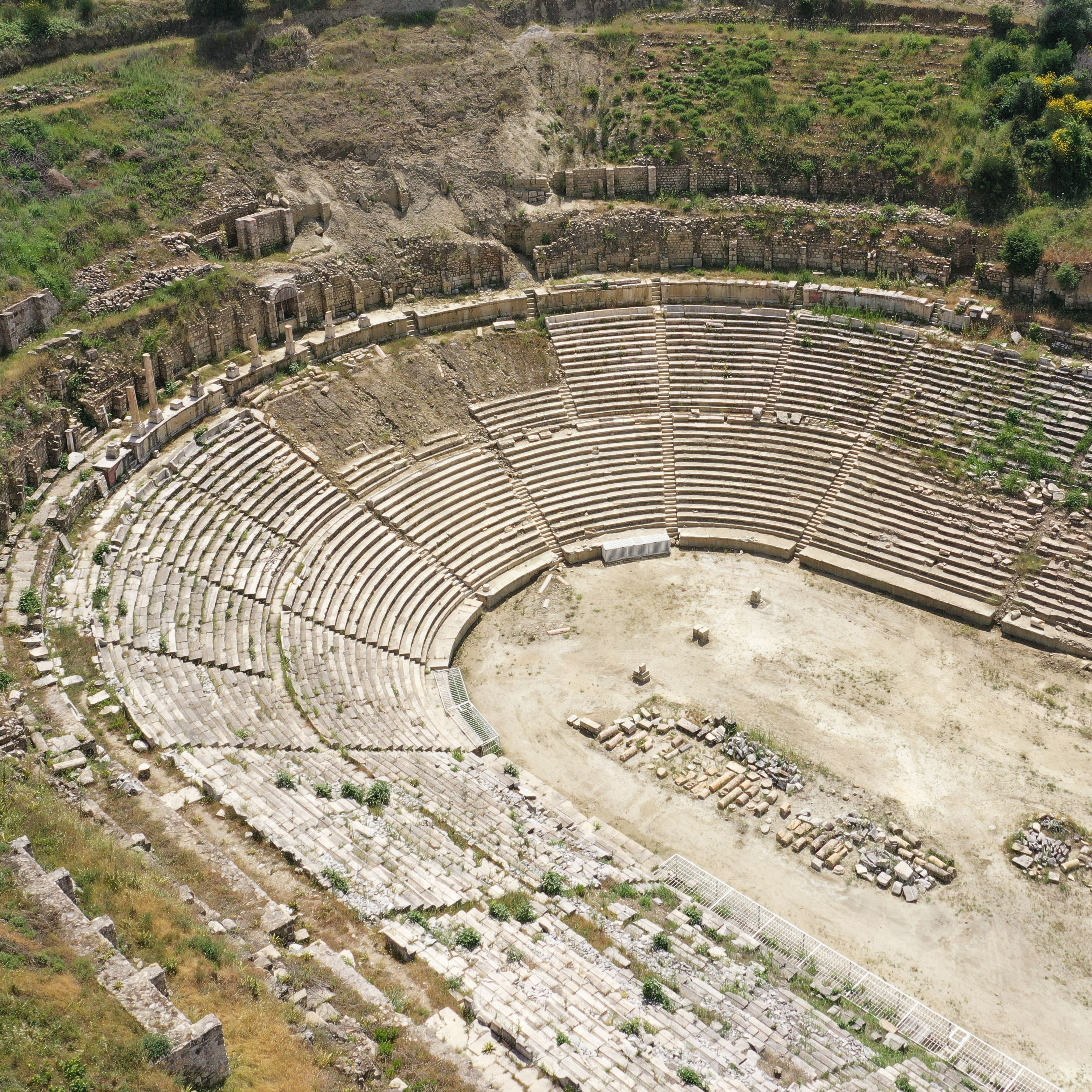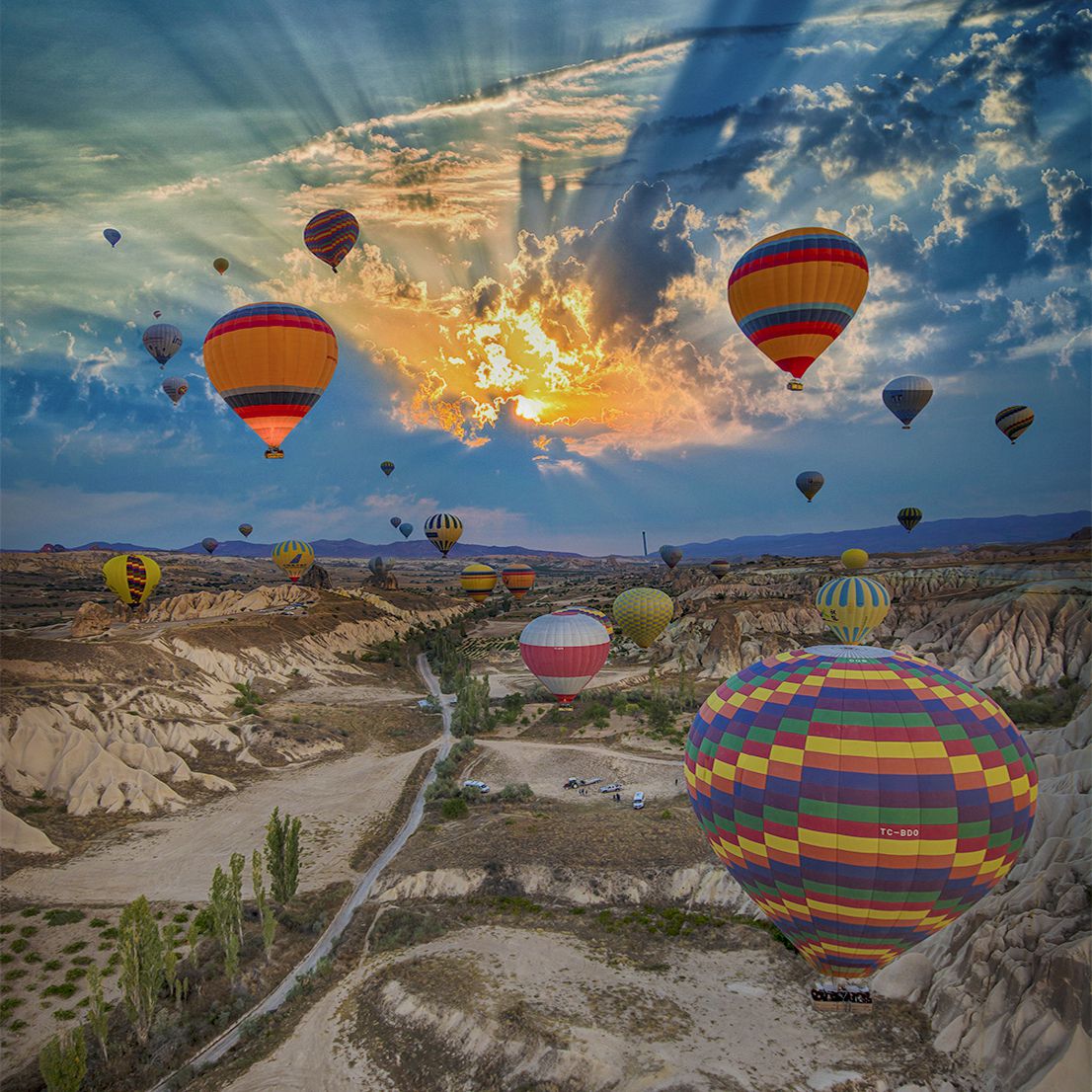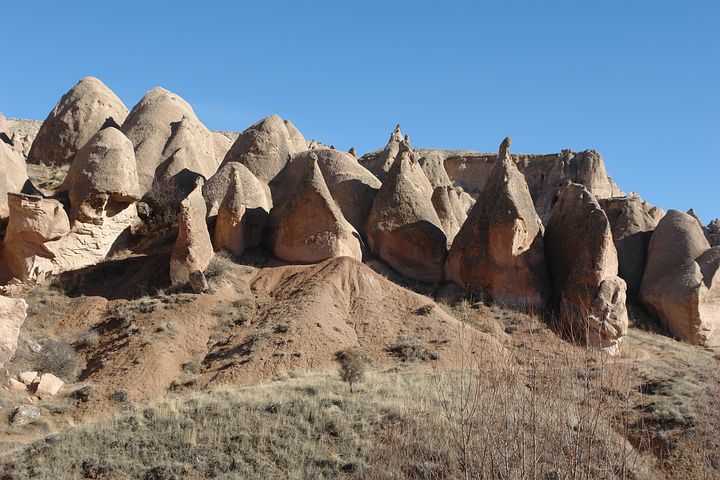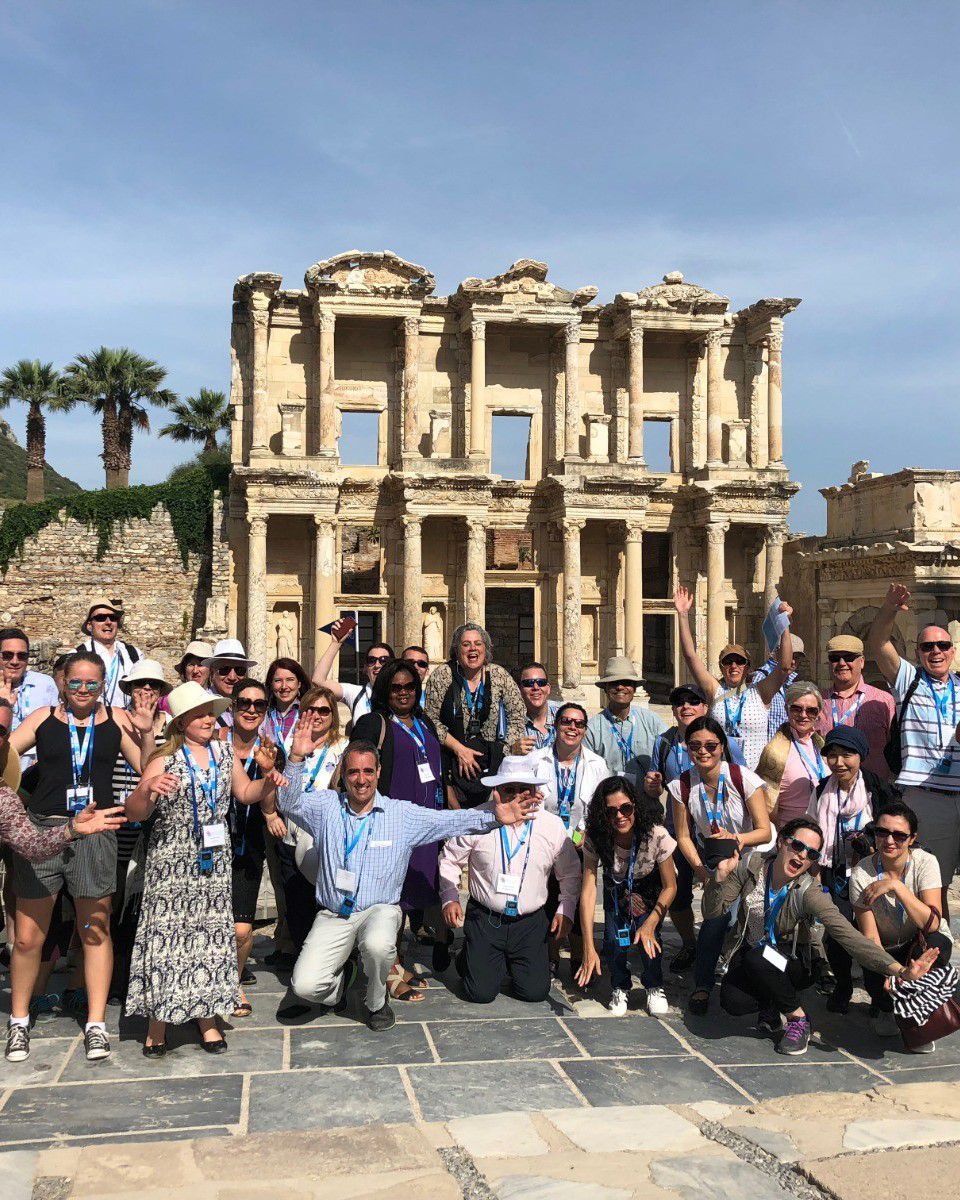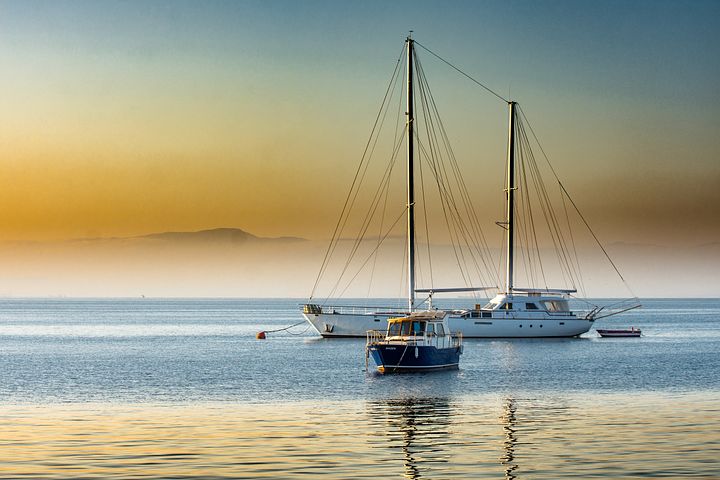TURKEY
Turkey is located mainly on the Anatolian Peninsula in Western Asia, with a small portion on the Balkan Peninsula in Southeast Europe
Capital: Ankara
Population: 85 Million
Modern Turkey, is one of the oldest permanently settled regions in the world
Turkey is a presidential republic within a multi-party system.
Turkey is a founding member of the United Nations (1945)
Turkey has the second-largest standing military force in NATO, after the United States, with an estimated strength of 890,700 military personnel as of February 2022
Turkey's extraordinary ecosystem and habitat diversity has produced considerable species diversity
There are 40 national parks, 189 nature parks, 31 nature preserve areas, 80 wildlife protection areas and 109 nature monuments in Turkey
The Anatolian leopard is still found in very small numbers in the northeastern and southeastern regions of Turkey
WHY TURKEY
The coastal areas of Turkey bordering the Aegean and Mediterranean Seashave a temperate Mediterranean climate, with hot, dry summers and mild to cool, wet winters
Mountains close to the coast prevent Mediterranean influences from extending inland, giving the central Anatolian plateau of the interior of Turkey a continental climate with sharply contrasting seasons
Turkey is a newly industrialized country, with an upper-middle income economy, which is the twentieth-largest in the world by nominal GDP
The automotive industry in Turkey produced 1,276,140 motor vehicles in 2021, ranking as the 13th largest producer in the world
Tourism in Turkey has increased almost every year in the 21st century, and is an important part of the country's economy.
Istanbul Airport is the largest airport in the world, with a capacity to serve 150 million passengers a year
Turkey had the fourth-highest direct utilization and capacity of geothermal power in the world, and produces over 45.6% of its electricity from renewable sources
IN TURKEY
Turkey has made significant inroads in aerospace technology into the 21st century
Turkey has a very diverse culture that is a blend of various elements of the Turkic, Anatolian, Byzantine and Ottoman cultures (the latter was in many aspects a continuation of both the Greco-Roman and Islamic cultures) with Western culture and traditions, a process that started with the Westernization of the Ottoman Empire and still continues today
Turkish literature is a mix of cultural influences. Interaction between the Ottoman Empire and the Islamic world along with Europe contributed to a blend of Turkic, Islamic and European traditions in modern-day Turkish music and literary arts
Turkish cuisine is largely the heritage of Ottoman cuisine with all of its modern influence and varieties
The country is home to 18 UNESCO-designated World Heritage Sites, including two mixed sites and 16 cultural sites, such as the archaeological site of the former ancient Troy.
Turkey is filled with hidden treasures, from secret beaches and coves only accessible by water to hidden settlements carved directly into the rock face.
Turkey is a country of hospitality, striking architecture and natural wonders. Here are some of the incredible historical, natural and famous Turkish landmarks
Lake Van is Turkey’s largest lake covering 1434 square miles (3713 square km). To locals, the lake is known as the Sea of Van
Manavgant Waterfalls is Antalya’s most famous waterfall. The waterfall is sourced from Mount Seytan.
Ölüdeniz, or Blue Lagoon as it is known the world over, is a serene aquamarine body of water.
Butterfly Valley is only accessible by boat and features high rocky cliff faces dotted with trees and a hidden beach with pristine white sands and it is home to many species of butterflies, which give the valley its name
Burning for more than 2500 years, the flames of Chimaera are natural landmark in Turkey
As one of the tallest mountains in the Taurus Mountains, Mount Tahtali is both a natural wonder and one steeped in legend, which goes by another name; Mount Olympus, where Zeus, the ancient Greek god of sky and thunder, resided during the summer months
The Fairy Chimneys of Cappadocia are unusual natural landmark in Turkey
Pamukkale is a series of calcite travertines or terraces that flow into each other with water rich in minerals and built up from limestone deposits
Byzantine and Ottoman Empires, Hagia Sophia is an architectural marvel that was initially built as a Christian basilica more than 1500 years ago
The ruins of Myra, which was once the most important city are one of the most incredible sites in Turkey
The ancient Orthodox monastery of Sumela is more than 1600 years old and sits 1200m (3937ft) atop a cliff
Frequently described as the ‘architectural masterpiece of Istanbul’, the Blue Mosque is one of Turkey’s most recognisable landmark



